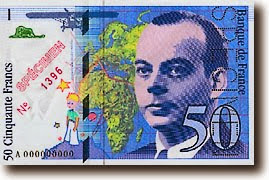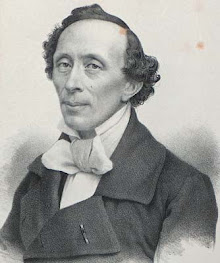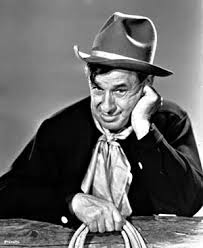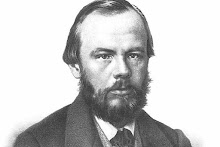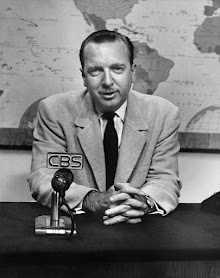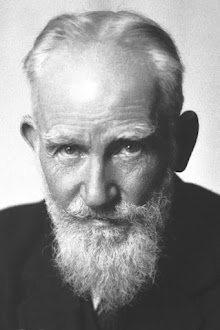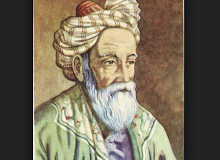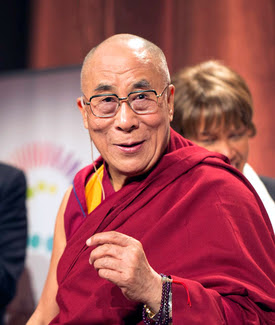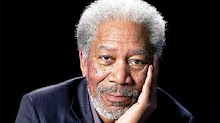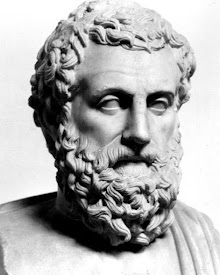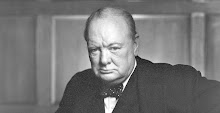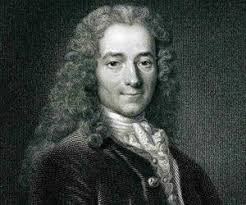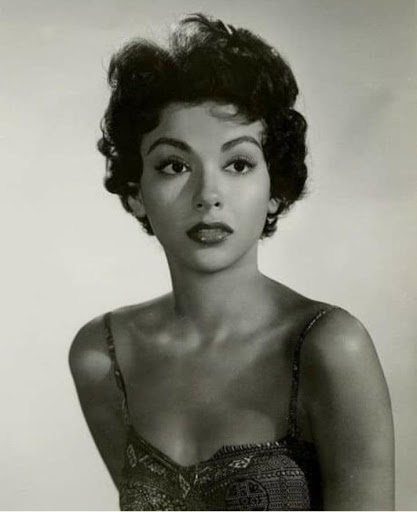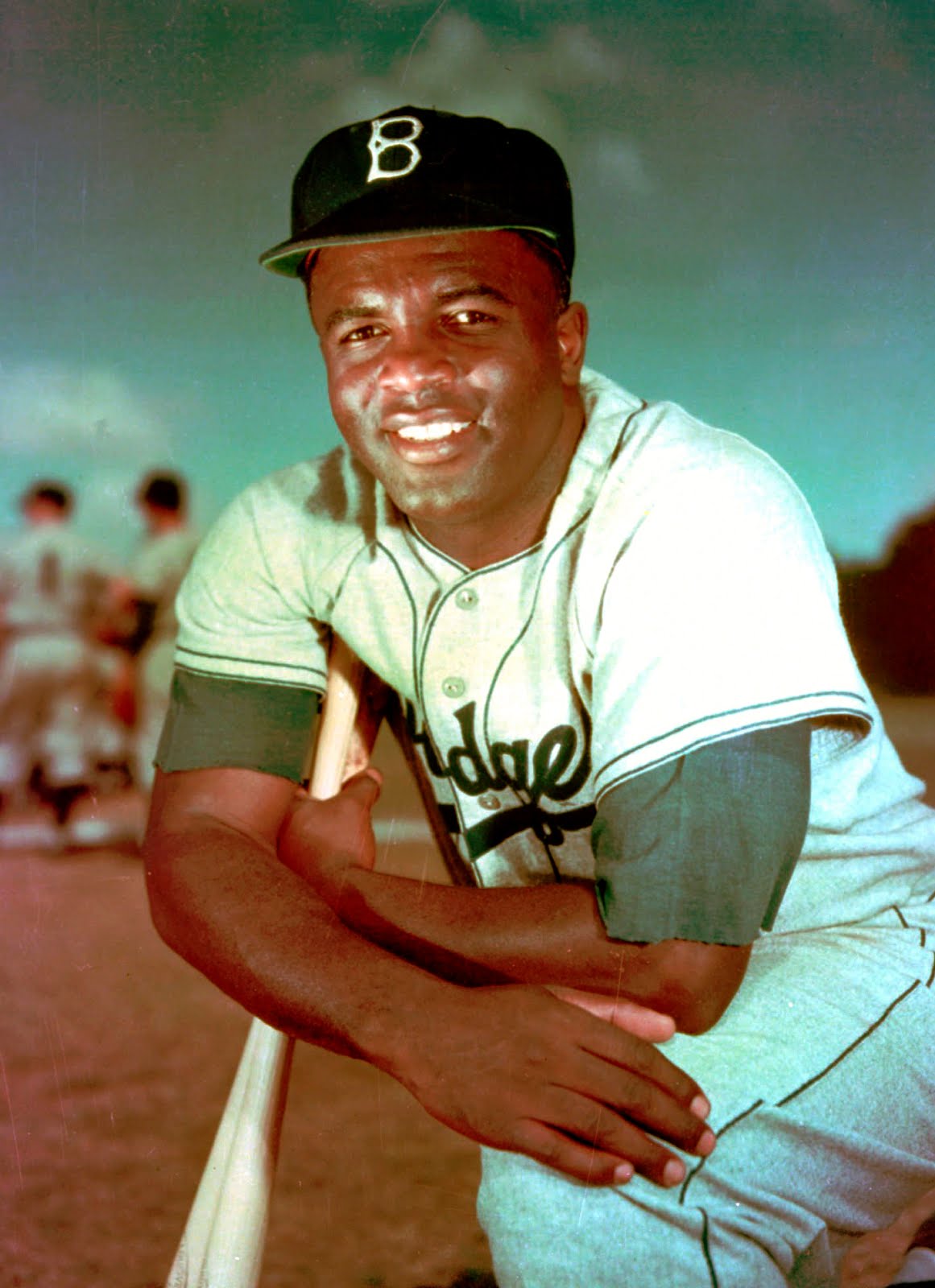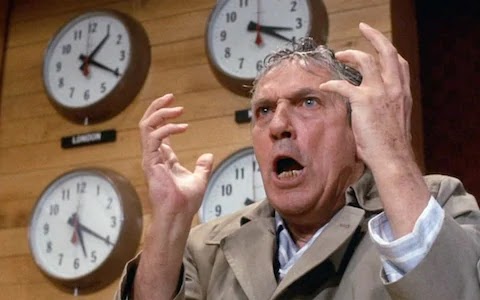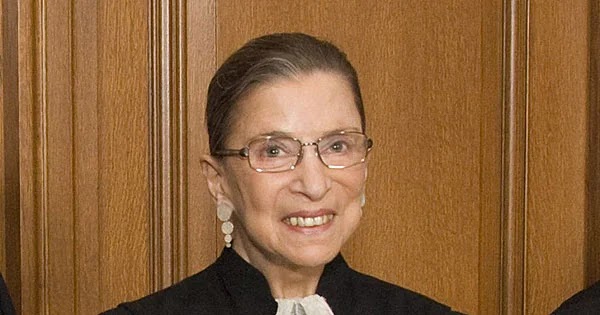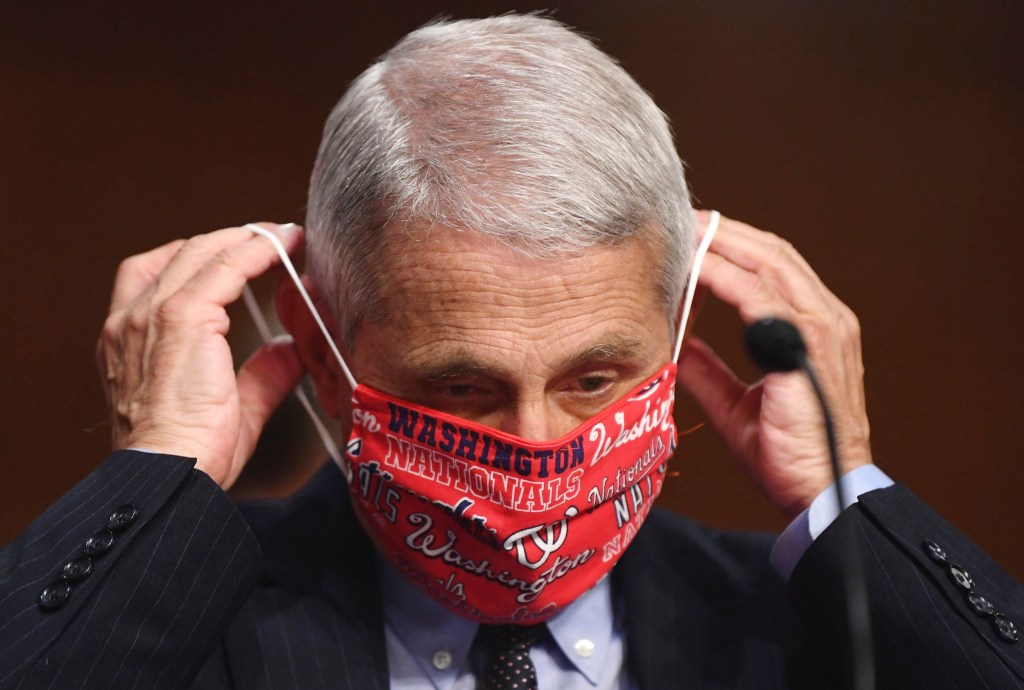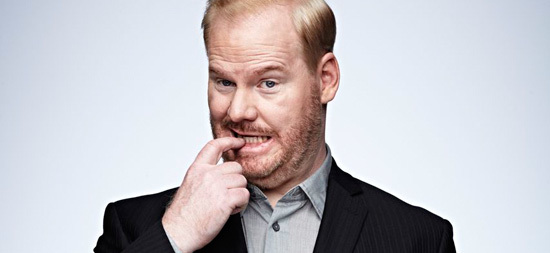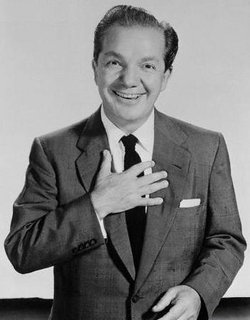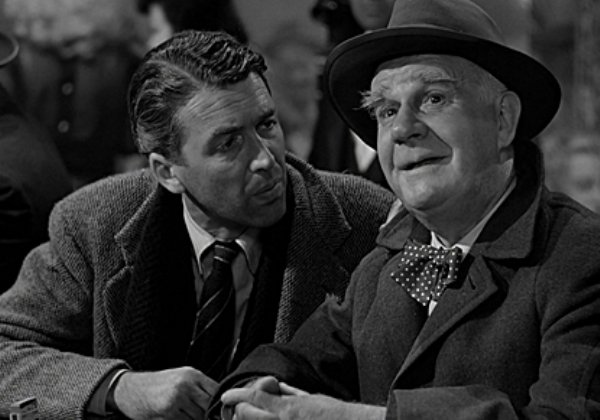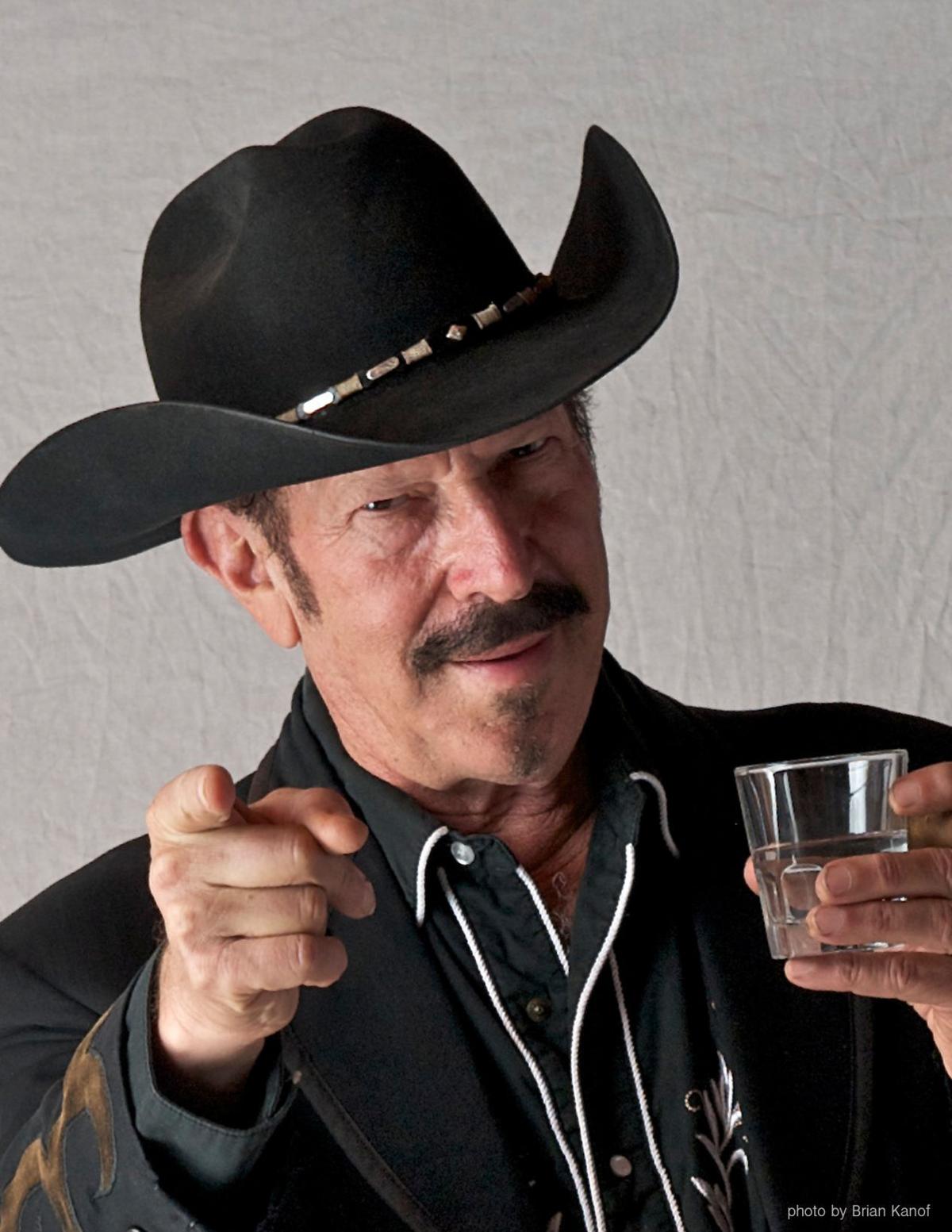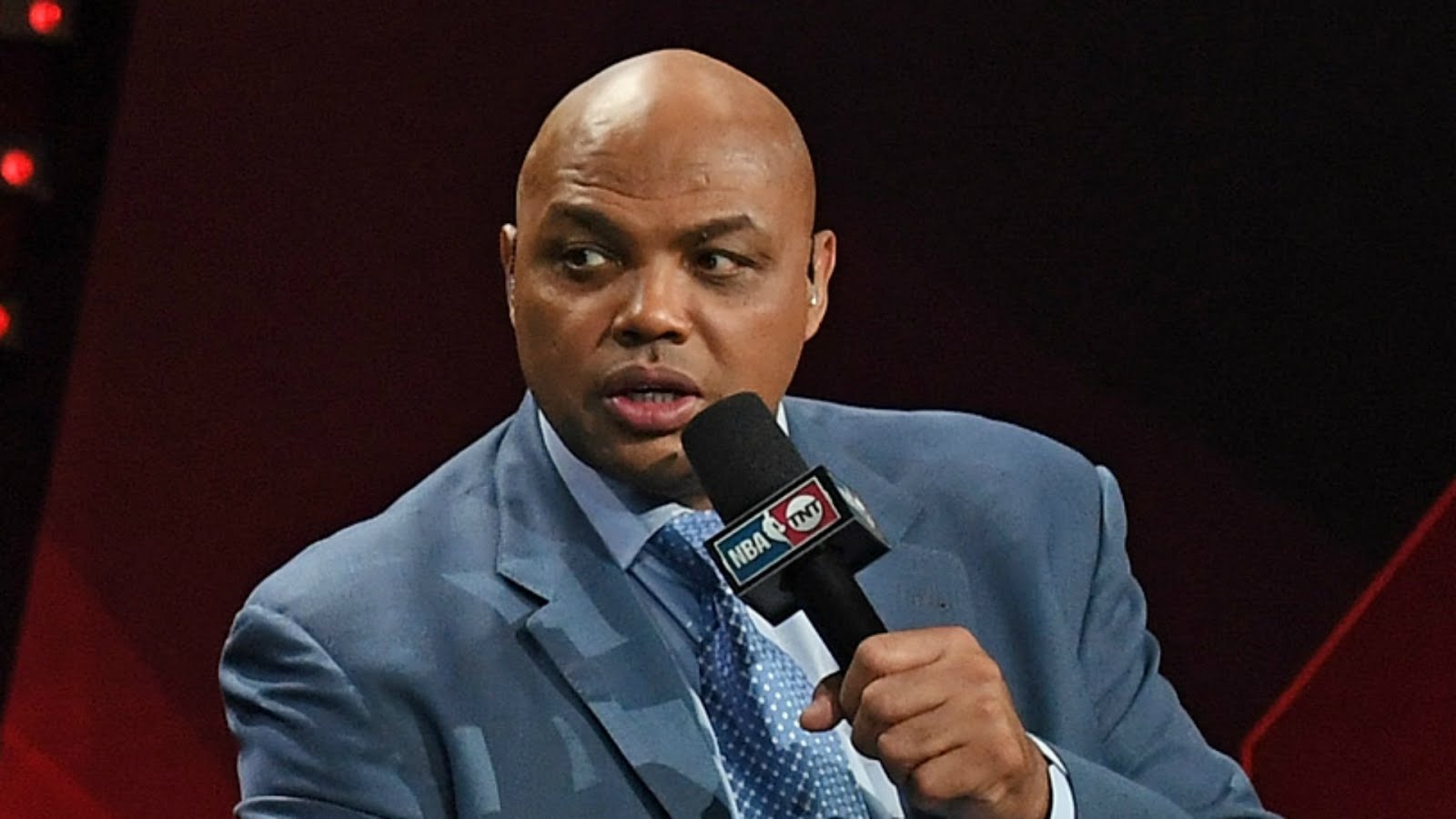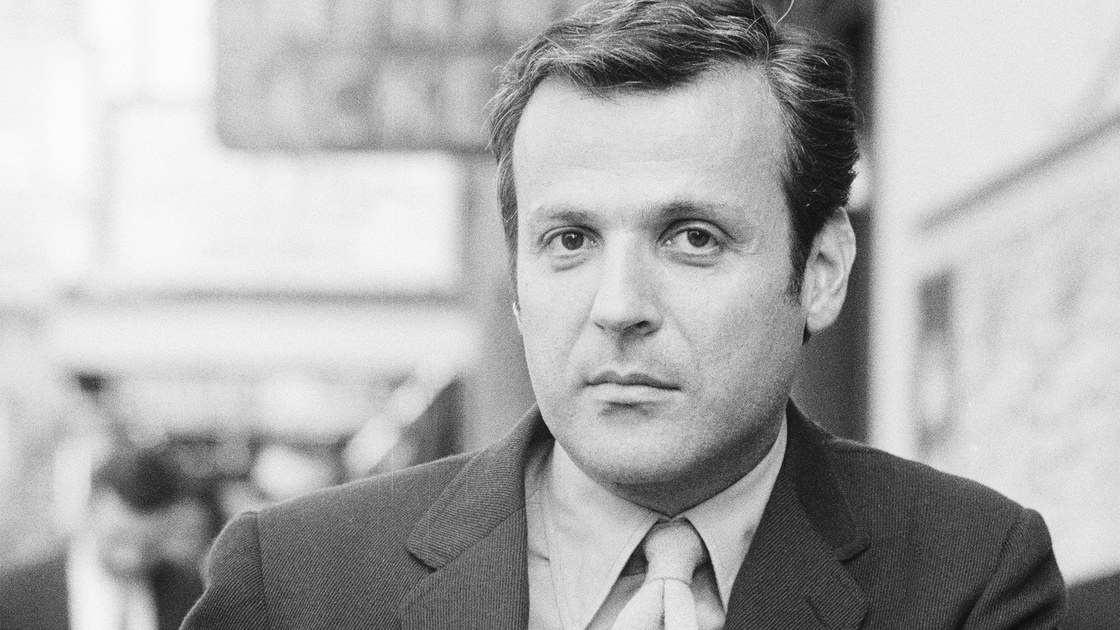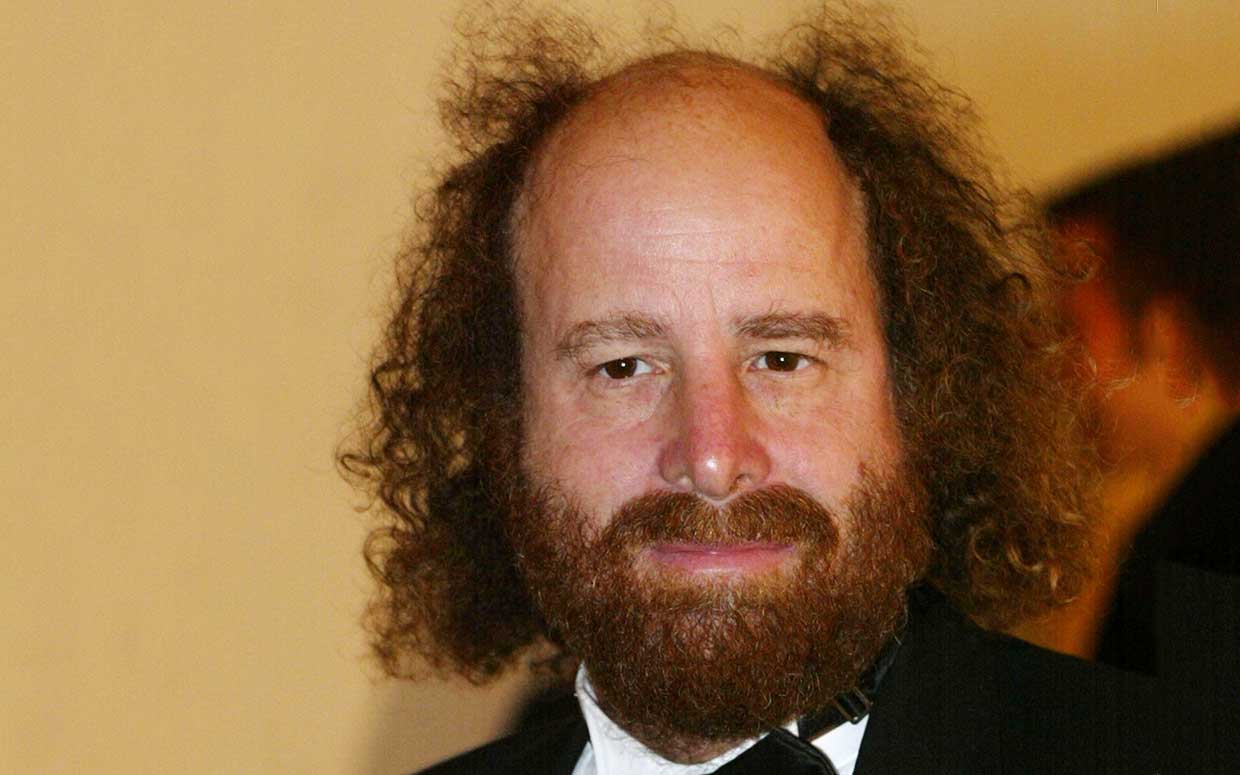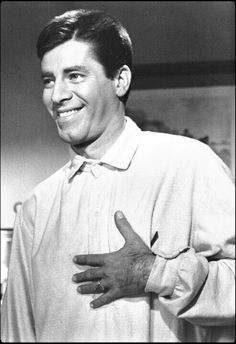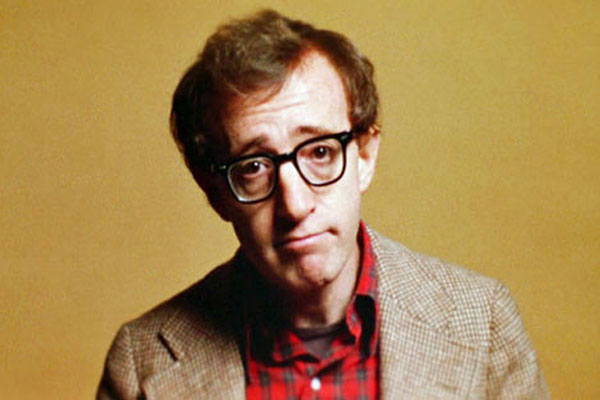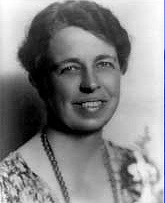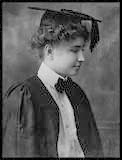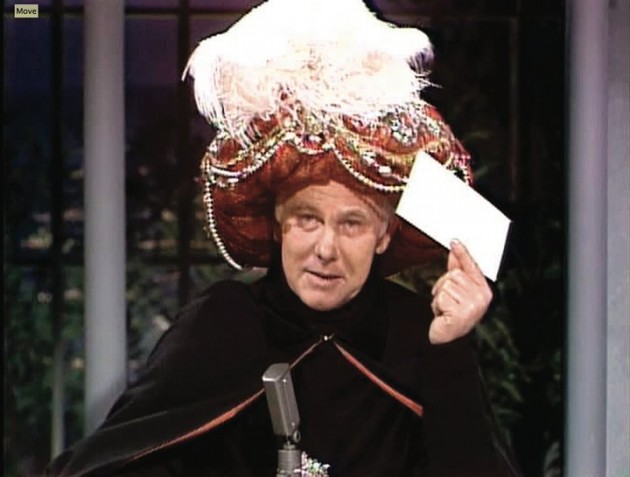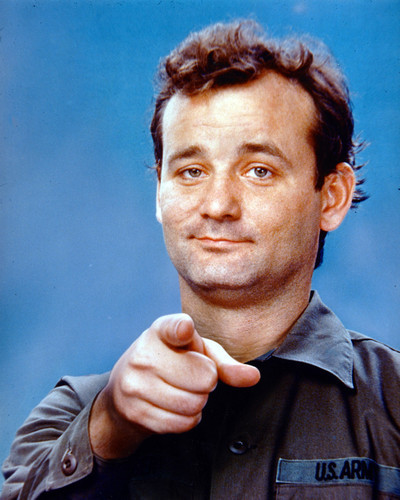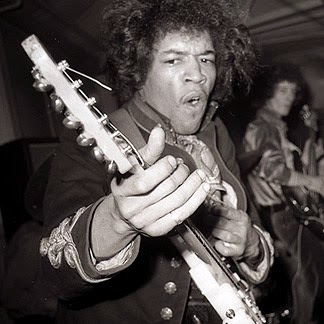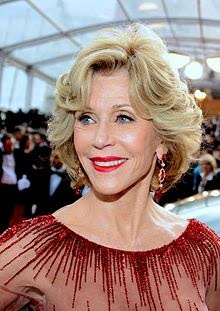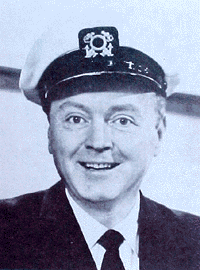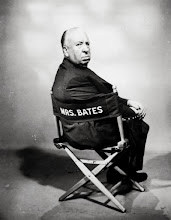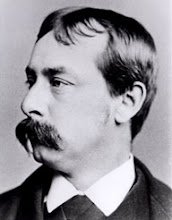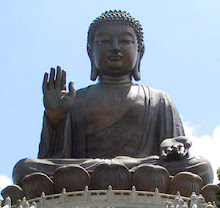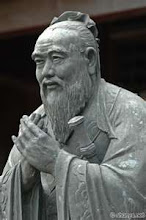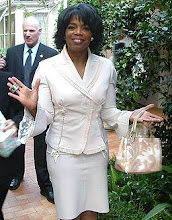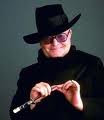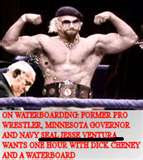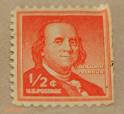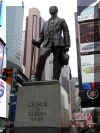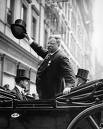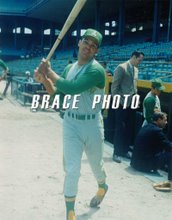 FAMOUS FOR HONESTY, INTEGRITY & APPRECIATION FOR HUMAN RIGHTS.
FAMOUS FOR HONESTY, INTEGRITY & APPRECIATION FOR HUMAN RIGHTS.Let's start with the root of Lincoln's assassination by para-phrasing Frances McDormand's last line, in the next to last scene in the movie "FARGO." "You did this for a little money?"
 IN 1909, TO HONOR THE 100th ANNIVERSARY OF LINCOLN'S BIRTH, HIS IMAGE REPLACED THE INDIAN-HEAD ON THE PENNY.
IN 1909, TO HONOR THE 100th ANNIVERSARY OF LINCOLN'S BIRTH, HIS IMAGE REPLACED THE INDIAN-HEAD ON THE PENNY.Oddly, the national currency had the opposite affect, it fell under less scrutiny and gave rise to counterfeiting because people accepted the government issued money with a false sense of security. After the Civil War, Chicago was a hot-bed for counterfeiters. To combat this, an elite police corps was created and dubbed, "The Secret Service." One of their biggest arrests was the expert engraver of saloon owner, James Kinealy's gang...that arrest will lead to the crazy and oft forgotten story of what happened to Abraham Lincoln...after his assassination.
Earlier, during the Civil War, both sides routinely exchanged prisoners of war. Somewhere along the line, then General Ulysses S. Grant recognized the overwhelming advantage the North had over the South in terms of raw man-power. Therefore in simple mathematical terms, to maximize that advantage, this one-for-one prisoner exchange program was stopped.
Soon there after, John Wilkes Booth a renown stage actor and staunch Southern sympathizer hatched a plan to personally kidnap Lincoln! The next phase of his plan was to hold the President as hostage until a vast number of Confederate prisoners were released. On April 11, 1865, he heard Lincoln give an impromptu speech promoting the idea of voting rights for Black people. Booth became incensed and changed the goal of his plot. Being an extreme egotism and a sex-symbol of his time, he wasn't satisfied with making just the ladies swoon...the "improved" plan fell into line with his hope to be remembered globally and throughout history.
We all now know how Booth changed his plan. At Ford's Theater, to mask the sound of his Derringer's single shot, he waited for the line, "You sock-dologizing old man trap" (the biggest laugh in the play, "MY AMERICAN COUSIN)." After his bullet blasted through the back of Lincoln's head, Booth leaped from the presidential box and shouted, "Sic semper tyrannis!" Latin for: Thus always to tyrants! Which had been attributed to Brutus at Caesar's assassination and is the Virginia state motto.
The bizarre part of this story begins at Oak Ridge Cemetery. While still in shock, the nation mourned its first assassinated president. However, the city planners in Springfield, Illinois have a different problem...where to bury Lincoln. Because no one could anticipate his pre-mature demise...there was no way possible to produce (literally over night) a suitable memorial to house the savior of the American union.
Lincoln would be temporary buried while the monument was being built. We will soon find out that the monument itself would not be his final resting place either.
 LINCOLN MONUMENT ADORNED BY A 117-FOOT OBELISK AND SEVERAL BRONZE STATUES.
LINCOLN MONUMENT ADORNED BY A 117-FOOT OBELISK AND SEVERAL BRONZE STATUES.Eleven years later in Chicago, the Kinealy counterfeiting gang was suffering from having its engraver in prison. That is when Kinealy together with his partner Jack Hughes came up with the idea to steal (kidnap) Lincoln's remains from its "permanent" crypt in order to hold it for $100,000.00 ransom...plus the release of their engraver.
Kinealy and Hughes hired a stranger who claimed to be a specialist in grave-robbing as well as his friend as a second henchmen. The four-man team took the train to Springfield. Posed as visiting tourists, they "cased" the memorial and asked enough crucial questions of the curator to learn where all the accesses were, that there was no night-watchman and that after-hours, a single chained padlock would separate them from the sarcophagus that held Lincoln's coffin.
On the evening of Election Day 1876, away from the hoopla in town surrounding the presidential race between Rutherford B. Hayes and Samuel Tilden, Kinealy, Hughes and the grave-robber (the other man tended to the horse and wagon) sawed through the lock's hasp. They pried open the white marble lid. But inside, the 500-pound, lead-lined coffin was firmly wedged in. Kinealy decided to saw-off the front of the sarcophagus. When the coffin was free, the third man was told to summon the fourth. There was no way Kinealy knew, but his gang had been infiltrated by Secret Service agents, (the grave-robber and his friend). Moreover, a team of additional agents (already on the grounds), had followed them from Chicago.
The password "wash" was given as a signal to close-in, but in the dark, in a comedy of errors, the police got into a shoot-out with themselves. The two hoodlums temporarily escaped back to Chicago but this story stays in the cemetery. After everyone was gone, the curator was left alone with the foot of Lincoln's sarcophagus cut away and in plain sight...with part of the casket sticking out...just hours before tourists would start coming.
The curator gathered some trusted friends and together carried the casket to the basement of the shrine. They tried to dig a grave in the earthen basement floor. But the monument was built on porous blue clay in an area with a high water table...their attempts quickly flooded. With no time to waste, wooden slats were placed under the coffin and scraps of wood was placed on top to mask its identity. The curator and his friends formed a society that pledged itself to the preservation of Lincoln's image yet the coffin covered by junk remained there (undisturbed for two years).
Visitors were still viewing an empty tomb even when Lincoln's wife Mary died. To avoid embarrassment, the society found a dry spot in that cellar and buried the couple side-by-side. However, because the monument was built so quickly, its design had many flaws. It became so costly to keep making repairs that engineers were called in and it was determined that the entire memorial was not safe and that it could collapse. The monument had to be dis-assembled and rebuilt. The Lincoln's were exhumed and re-temporarily interred until their new final resting place...dug into bedrock was built. In 1901, at the behest of the their surviving son Robert, (to prevent vandalism), the Lincoln's, along with their three other sons, were entombed in a steel cage and encased forever , ten-feet underground, in concrete. In all, Abe Lincoln's "final" resting place was moved ten times.
All that for a little money.
Speaking of a little money, this year to honor Lincoln, the U. S. mint has come up with four new designs for the reverse side of the penny.
 STARTING FEBRUARY 12, 2009, THE U. S. MINT WILL RELEASE FOUR NEW TAILS SIDES TO THE LINCOLN PENNY EVERY THREE MONTHS. #1, (far right) LINCOLN'S KENTUCKY LOG CABIN, #2, LINCOLN AS A RAIL-SPLITTER IN INDIANA, #3, LINCOLN AT THE ILLINOIS STATEHOUSE, #4, (far left) DURING LINCOLN'S PRESIDENTIAL ADMINISTRATION, THE NATION'S PARTIALLY COMPLETED CAPITOL BUILDING IN WASHINGTON D. C..
STARTING FEBRUARY 12, 2009, THE U. S. MINT WILL RELEASE FOUR NEW TAILS SIDES TO THE LINCOLN PENNY EVERY THREE MONTHS. #1, (far right) LINCOLN'S KENTUCKY LOG CABIN, #2, LINCOLN AS A RAIL-SPLITTER IN INDIANA, #3, LINCOLN AT THE ILLINOIS STATEHOUSE, #4, (far left) DURING LINCOLN'S PRESIDENTIAL ADMINISTRATION, THE NATION'S PARTIALLY COMPLETED CAPITOL BUILDING IN WASHINGTON D. C.. LOOK FOR THE NEW PRESIDENTIAL SERIES OF ONE-DOLLAR COINS THAT WILL COMMEMORATE ALL OF OUR EXECUTIVES INDIVIDUALLY. SO FAR I BELIEVE THEY ARE UP TO ANDREW JACKSON SO BUCHANAN'S WILL BE ISSUED SOON. AND YOU THOUGHT HIS PORTRAIT HAD AS MUCH CHANCE TO APPEAR ON MONEY AS CHARLES MANSON !
LOOK FOR THE NEW PRESIDENTIAL SERIES OF ONE-DOLLAR COINS THAT WILL COMMEMORATE ALL OF OUR EXECUTIVES INDIVIDUALLY. SO FAR I BELIEVE THEY ARE UP TO ANDREW JACKSON SO BUCHANAN'S WILL BE ISSUED SOON. AND YOU THOUGHT HIS PORTRAIT HAD AS MUCH CHANCE TO APPEAR ON MONEY AS CHARLES MANSON ! STOCK PHOTO OF KNISHES...UNFORTUNATELY THESE DON'T LOOK LIKE KNISHES...FROM THIS SHOT, THEY COULD BE ANYTHING.
STOCK PHOTO OF KNISHES...UNFORTUNATELY THESE DON'T LOOK LIKE KNISHES...FROM THIS SHOT, THEY COULD BE ANYTHING. RUBY'S KNISH WAGON LOOKED LIKE IT PRE-DATED CRO-MAGNUM MAN AND UP CLOSE, HIS FACE LOOKED LIKE IT PRE-DATED DINOSAURS. (OUTSIDE TILDEN H. S. 1967).
RUBY'S KNISH WAGON LOOKED LIKE IT PRE-DATED CRO-MAGNUM MAN AND UP CLOSE, HIS FACE LOOKED LIKE IT PRE-DATED DINOSAURS. (OUTSIDE TILDEN H. S. 1967).

 BILLY CARTER IN HIS PRIME; IF YOU SQUINT, YOU CAN MAKE OUT THE SIGNS THAT LEAD TO THEIR BATHROOM !
BILLY CARTER IN HIS PRIME; IF YOU SQUINT, YOU CAN MAKE OUT THE SIGNS THAT LEAD TO THEIR BATHROOM !
 DE NIRO AS PATIENT LEONARD LOWE AND WILLIAMS AS DR. SAYER .
DE NIRO AS PATIENT LEONARD LOWE AND WILLIAMS AS DR. SAYER . NEIL ARMSTRONG'S ONE SMALL STEP WAS SO ABSTRACT THAT IT WAS CONSIDERED BY MANY TO BE AN IMPOSSIBILITY. EVEN TODAY, SOME SKEPTICS THINK IT WAS ALL STAGED, ON EARTH.
NEIL ARMSTRONG'S ONE SMALL STEP WAS SO ABSTRACT THAT IT WAS CONSIDERED BY MANY TO BE AN IMPOSSIBILITY. EVEN TODAY, SOME SKEPTICS THINK IT WAS ALL STAGED, ON EARTH. SUPPOSE THEY HAD A ROCK CONCERT AND HALF A MILLION PEOPLE SHOWED UP
SUPPOSE THEY HAD A ROCK CONCERT AND HALF A MILLION PEOPLE SHOWED UP THE METS WEREN'T MERELY UNDERDOGS THAT YEAR, THEY WERE THE LONG-STANDING EPITOME OF PITIFUL.
THE METS WEREN'T MERELY UNDERDOGS THAT YEAR, THEY WERE THE LONG-STANDING EPITOME OF PITIFUL. 













